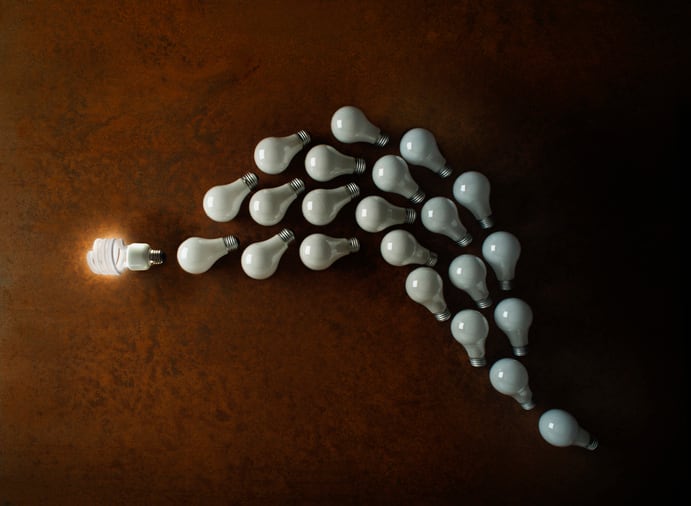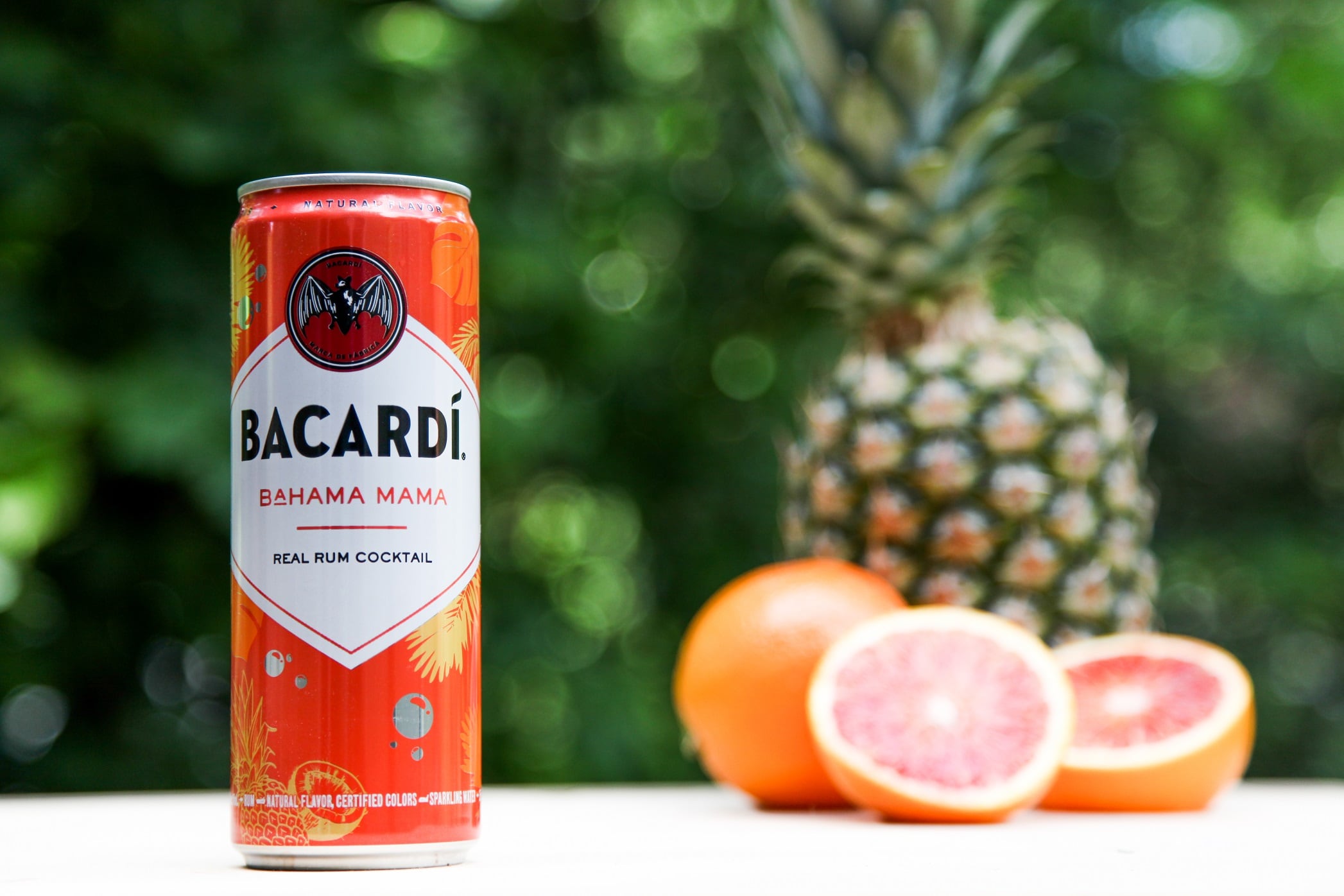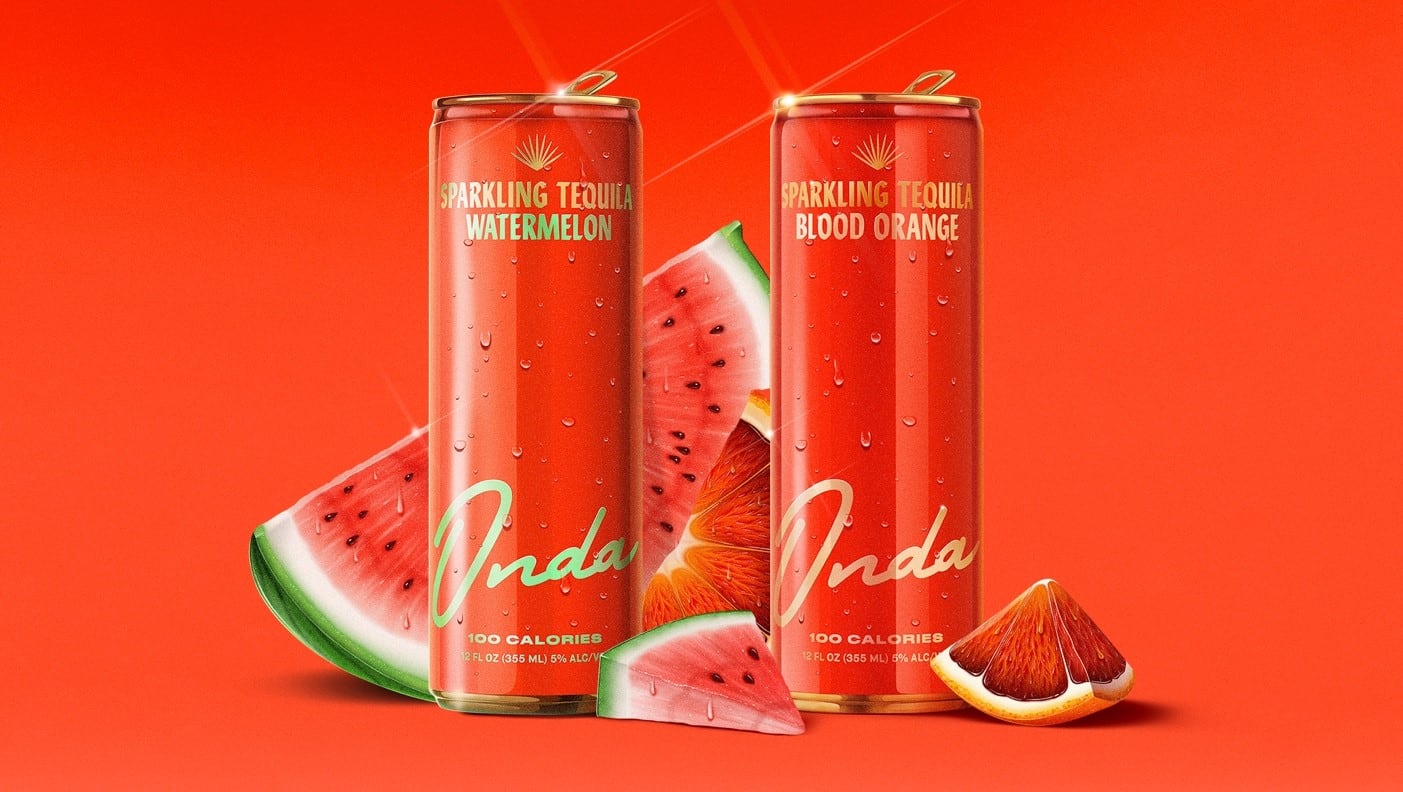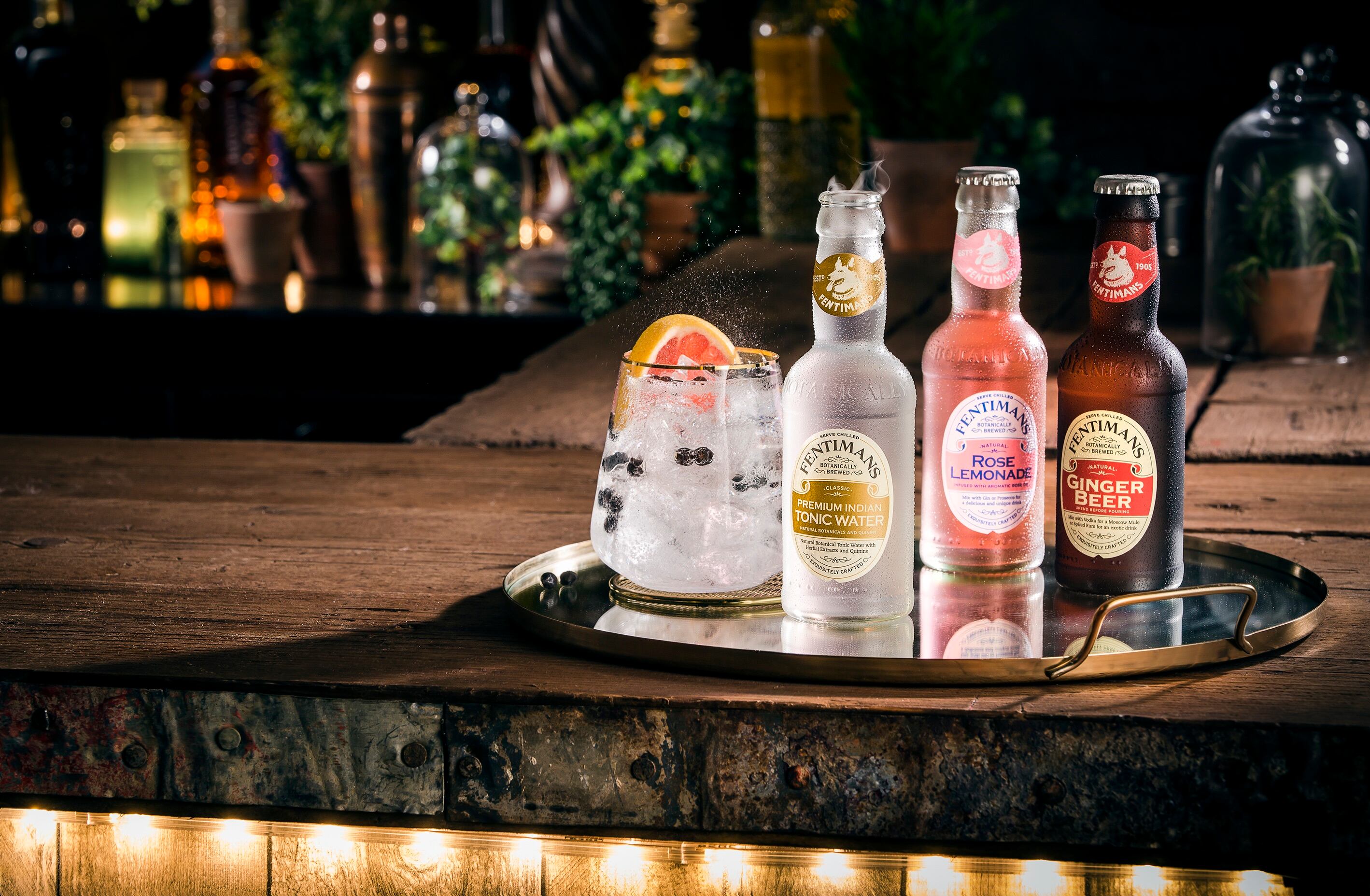Bud Light Seltzer took the top spot in IRI's Food and Beverage Pacesetters of 2020 report; followed by Truly Lemonade and Mtn Dew Zero Sugar. Each of these generated more than $100m in sales.
Meanwhile, beverage alcohol products accounted for eight of the 27 beverage pacesetters. In 2019, there were six alcohol beverage pacesetters that brought in $198m: this time the eight drinks generated a massive $547m. In 2020, beer, wine and spirits reigned supreme as consumer celebrations and entertaining moved in-home. New product launches in this space made a huge splash, generating a combined 44% of Pacesetter beverage dollars compared with 17% last year.
Eye on indulgence
The strength of alcohol brands can be explained by the emphasis on both health and indulgence: a trend that took on real importance during the pandemic.
Top 10 F&B New Product Pacesetters
- Bud Light Seltzer
- Truly Lemonade
- Mtn Dew Zero Sugar
- Starbucks Creamers
- Rebel Ice Cream
- Reign Total Body Fuel
- Cheetos Popcorn
- Kinder Bueno
- Reese's Thins
- Beyond Sausage
“A central theme of 2020 was balancing indulgence with self-care, a trend IRI expects to continue in CPG and retail,” notes IRI. “New Product Pacesetters show that health and indulgence can co-exist, and innovators continue to find ways to combine these two consumer values.”
For IRI, defining a pacesetter looks not only at the dollars achieved, but also the success rate at which products reached their intended audience.
“Understanding who buys what and why, and which products succeed and why, is imperative for brands big and small. IRI’s 2020 New Product Pacesetters and consumer attitudes survey about new products tell a story of people cocooning at home but still very much desiring products and brands that made them feel comfortable and indulged while they rode out the chaos of COVID-19.”
Taking the top pacesetter spot in F&B, Anheuser-Busch’s Bud Light Seltzer launched in January 2020 and likely experienced its substantial success thanks to at-home and backyard consumption, says IRI.
Despite the challenging environment, ABI’s biggest launch in a decade achieved No. 1 New Product Pacesetter status with $194m in sales in multi-outlet channels, and No. 3 in the convenience channel with $167m in sales.
So what did it do right?
“Nimbleness isn’t normally associated with large companies like AnheuserBusch, but after an epic Super Bowl ad featuring musical artist Post Malone being mind controlled in a convenience store, the marketing team deftly pivoted from live concerts and on-premise sampling to creating new consumption occasions and adapting to new buying platforms,” notes IRI.
“Digital efforts, including the campaign to hire a Chief Meme Officer, targeted the brand’s base of 21- to 35-year-olds. The company also partnered with delivery platforms Drizly and Instacart, among others, to get product to consumers in new ways.
“Further support came in the form of BOGOs, coupons and sweepstakes. Larger initiatives created occasions for consumers to get together virtually, including Bud Light Seltzer Sessions livestreamed concerts and Battle of the Best, a three-day eSports tournament.”
Bud Light, meanwhile, sees opportunities to continue expanding its hard seltzer in new product innovations (from retro packs to icicles) and tapping into the on-trade.
Not just about a big marketing budget
The top pacesetters are well-known, recognisable brands. But IRI says that a big marketing budget and corporate muscle are not necessarily prerequisites to success: pointing to the #2 trendsetter, Truly Lemonade.
"In the case of this year’s Pacesetters, No. 2 Truly Lemonade had strong performance with a relatively small $2.2m spend on advertising (just 3% of its sales) to drive $191m in total market sales. Further, Truly clearly made impressions and inroads with first time consumers, with 3.1% trial and 55% repeat.”
Trial and repeat also was strong for Bud Light Seltzer, at 3% trial and 52% repeat.
“Truly Lemonade and Bud Light Seltzer, likely reaching for much of the same audience, found two different paths to building awareness to drive trial and repeat successfully," notes IRI.
COVID-19 didn't impact consumer appetite for new products
As the pandemic started to grip in 2020, a number of companies noted a move back to the big brands: familiar, established products consumers knew and trusted.
But IRI doesn't believe that this wiped out appetite for new brands. Brands that were able to successfully identify what the pandemic consumers wanted were successful.
"At the onset and during the pandemic, consumers’ behaviors radically changed, but their commitment to new products prevailed," says IRI.
"When CPGs and retailers put the right products in the right place at the right time for the right consumer, new products won, even in unprecedented turbulence in retail and across the supply chain.
"This theme seems unflappable, given the consistent success of many $100m launches. However, it’s important to note the hurdles faced by CPGs and retailers. They were forced to pivot promotional schedules because of COVID-19; faced significant supply chain demands to ensure that manufacturers delivered high-demand products; recovered from dramatic out-of-stocks resulting from the stock-up frenzy of mid-March 2020; and yet still gave new products the attention necessary to attract consumers who were not treasure hunting in stores like they have historically."




